RSS
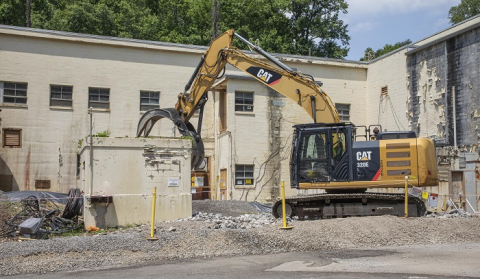


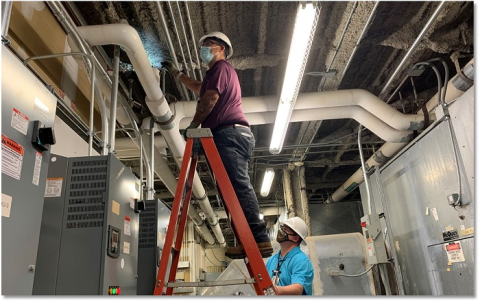
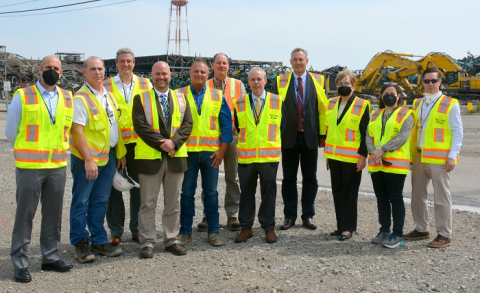


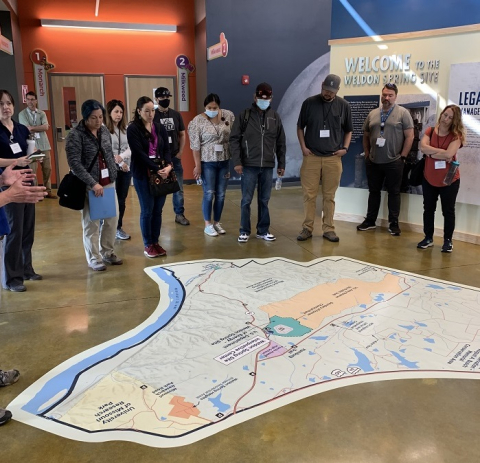
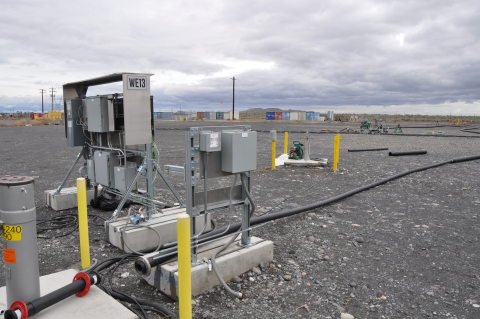
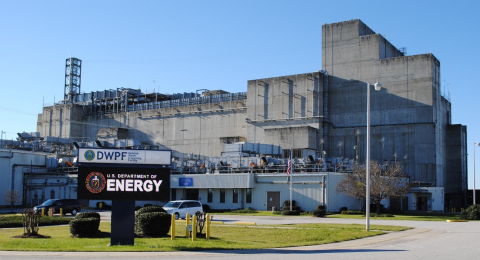
EM crews started tearing down a 1940s-era facility this month at the Y-12 National Security Complex in the latest project to address a large inventory of high-risk excess contaminated facilities on the Oak Ridge Reservation.
EM Office of River Protection (ORP) contractor Washington River Protection Solutions (WRPS) is developing innovative, collaborative ways to tap into the future workforce.
An EM contractor at the Savannah River Site (SRS) has supported more than 200 students from eight Historically Black Colleges and Universities (HBCUs) throughout South Carolina since January 2020.
An EM team is working to resolve issues and questions related to asbestos at more than 3,000 buildings and structures across the 310-square-mile Savannah River Site (SRS).
EM Senior Advisor William “Ike” White accompanied two U.S. House of Representatives members from Ohio on a visit to the Portsmouth Site on May 20.
Thomas Johnson Jr. retires on May 31 after 41 years in the federal government, 30 of them in EM.
More than 100 people attended a May 17 public meeting on the Oak Ridge Office of Environmental Management’s (OREM) proposed onsite disposal facility.
The State and Tribal Government Working Group (STGWG) toured a new interpretive center at a site where EM completed remediation about 20 years ago and received updates from the cleanup program on workforce development and other topics.
EM Richland Operations Office (RL) contractor Central Plateau Cleanup Company (CPCCo) is preparing to employ an innovative treatment system at the Hanford Site to speed up the removal of contamination in the soil near the Columbia River.

EM’s vitrification plant at Savannah River Site (SRS) is undergoing a significant process improvement.

